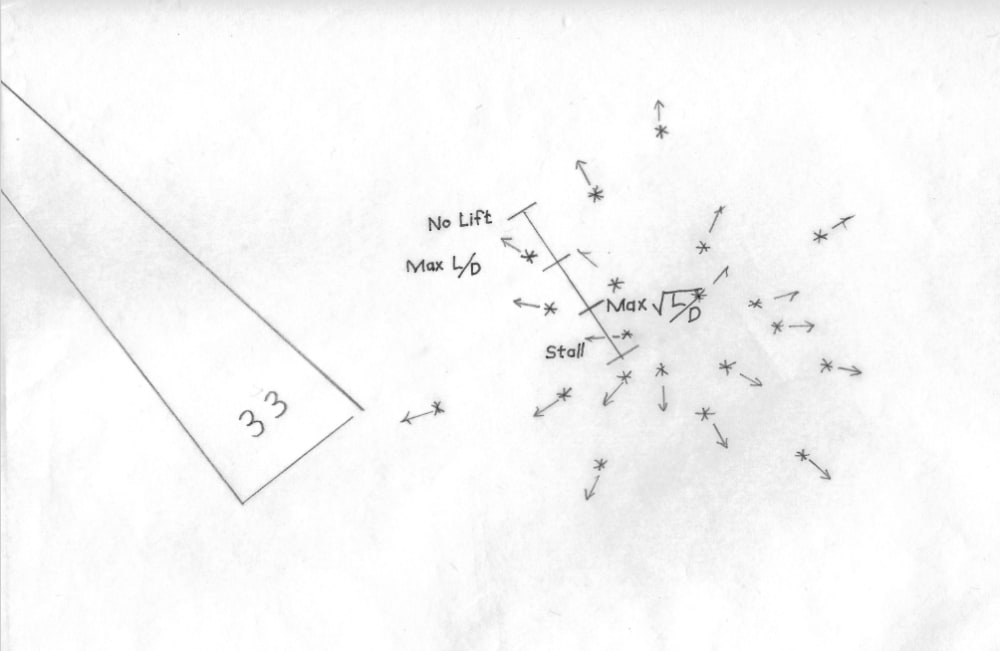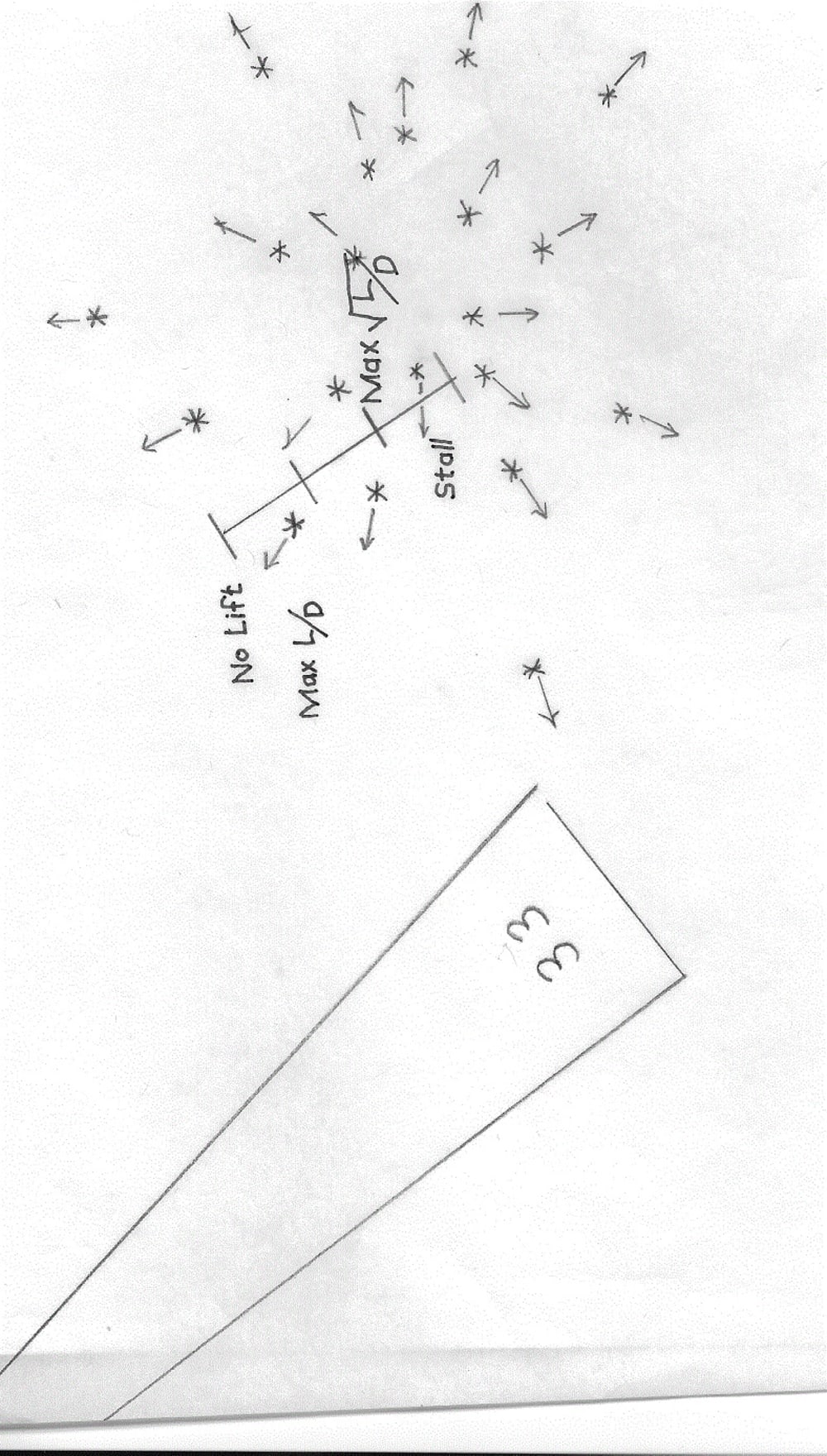I want to reduce airplane loss of control accidents. While most general aviation accidents have lessened in recent decades, loss of control has not improved. Some accidents happen because the flyer's imagination does not match reality. Since the air is invisible, our imaginations could be wrong. I have seen the air made visible by sparse, oversize and buoyant snowflakes. In many years of flying I have seen this only once. I have reminded myself by driving a car through heavy snowfall, but the similarity is poor. The direction could be displayed on any heads up type display. LIDAR samples the true airspeeds and a graphic device puts up synthesized snowflakes spreading out from the direction through the air.
The earth is irrelevant to this display. The device only show the motion between the airplane and nearby air ahead. Physics suggests I can choose a useful frame of reference for airplane motion. Nearby air, undisturbed by the airplane is the frame of reference.
Although an approximation, some marks on the display show:
- Angle for max coefficient of lift,
- Angle for max square root of coefficient of lift divided by coefficient of drag,
- Angle of max coefficient of lift divided by coefficient of drag,
- No lift angle,
- Airplane longitudinal axis (to fly straight into the relative wind).
Concentrating on the fake snowflakes is not required. The eye perceives the snowflake motion without effort. Periferal vision allows the sharp central vision to watch elsewhere.
Motion sensors outside central vision are not exclusive to humans. I believe this is novel and original. Patented displays of angle of attack and yaw display as lights or gauges except for wool yarn yaw strings. The target market is kit-built experimental airplanes.
A LIDAR sensor for this device would be created specifically. However I first saw a LIDAR true airspeed device in the mid 1980s. Airbus and British Telecommunication Research Establishment have tested laser true airspeed gauges. I realized then that my observation of snowflake divergence could be synthesized.
Illustrated is a dangerous situation experienced by a friend. Tiny stars represent the snow-flakes. The arrows ( not actually displayed) show their movement away from their origin.
My friend had overshot the runway centerline and pushed the rudder to tighten up the base to final turn. The flake origin is close to max coefficient of lift and offset from the airplane longitudinal axis. This is a setup for a spin.
Like this entry?
-
About the Entrant
- Name:David Jones
- Type of entry:individual
- Software used for this entry:windows 10
- Patent status:none





